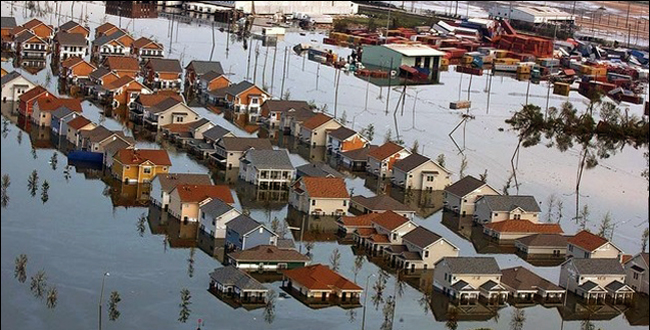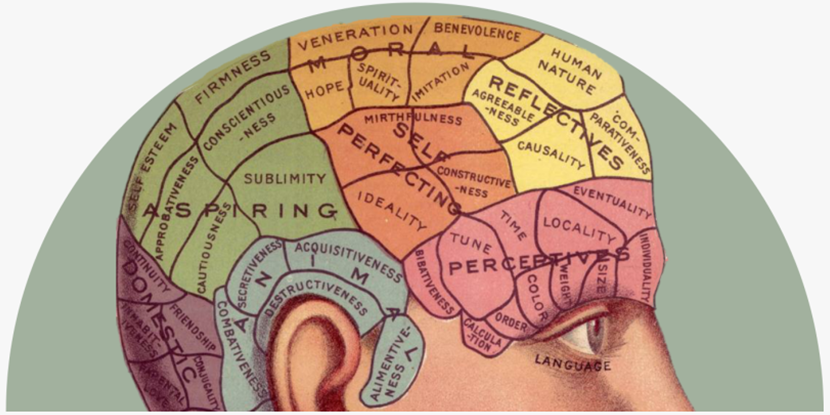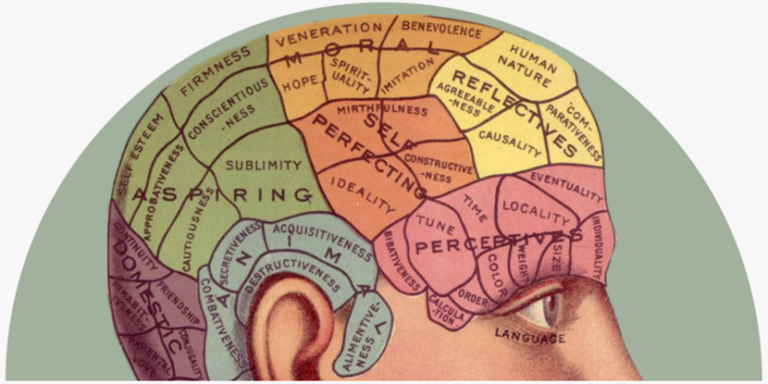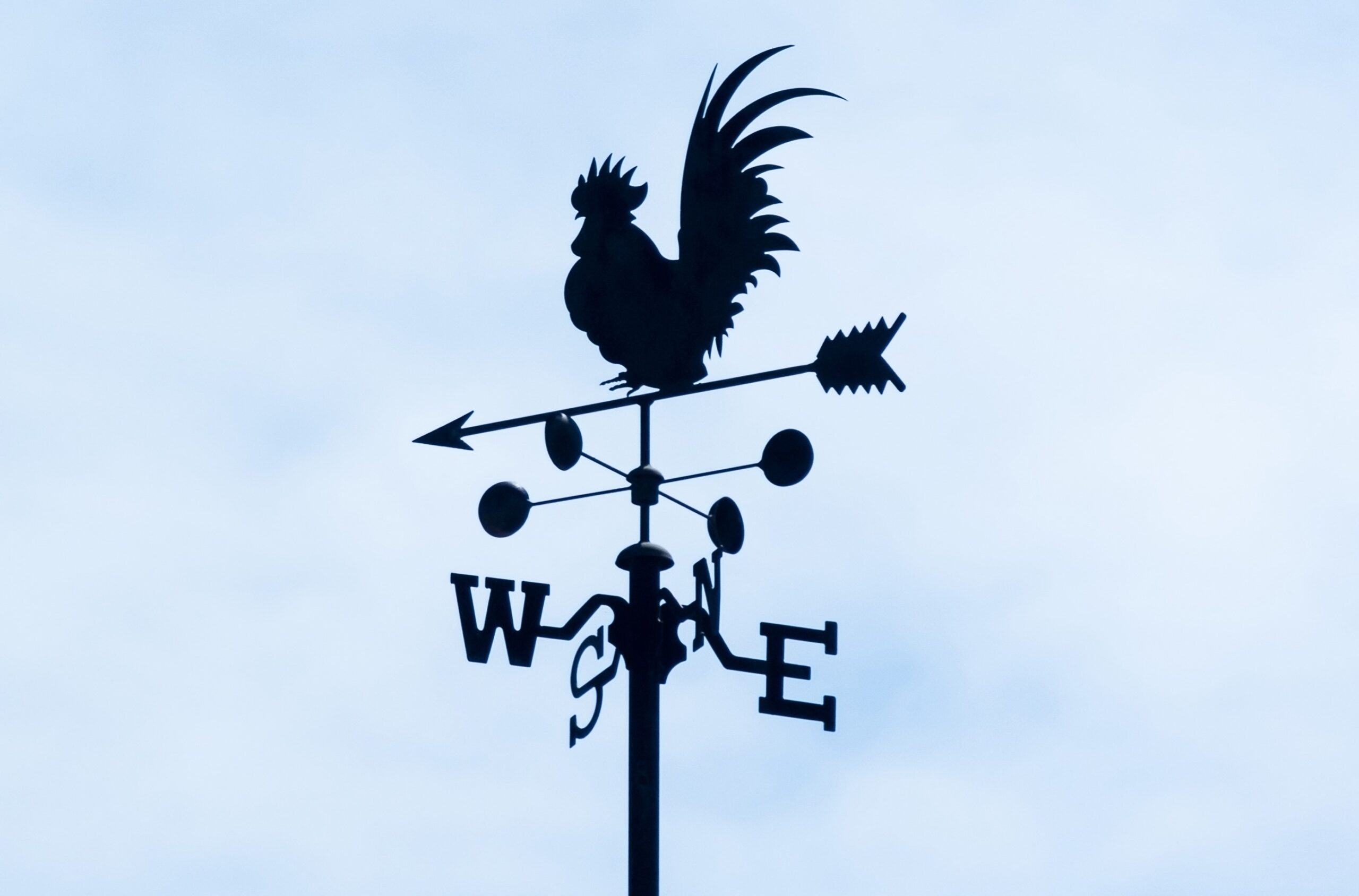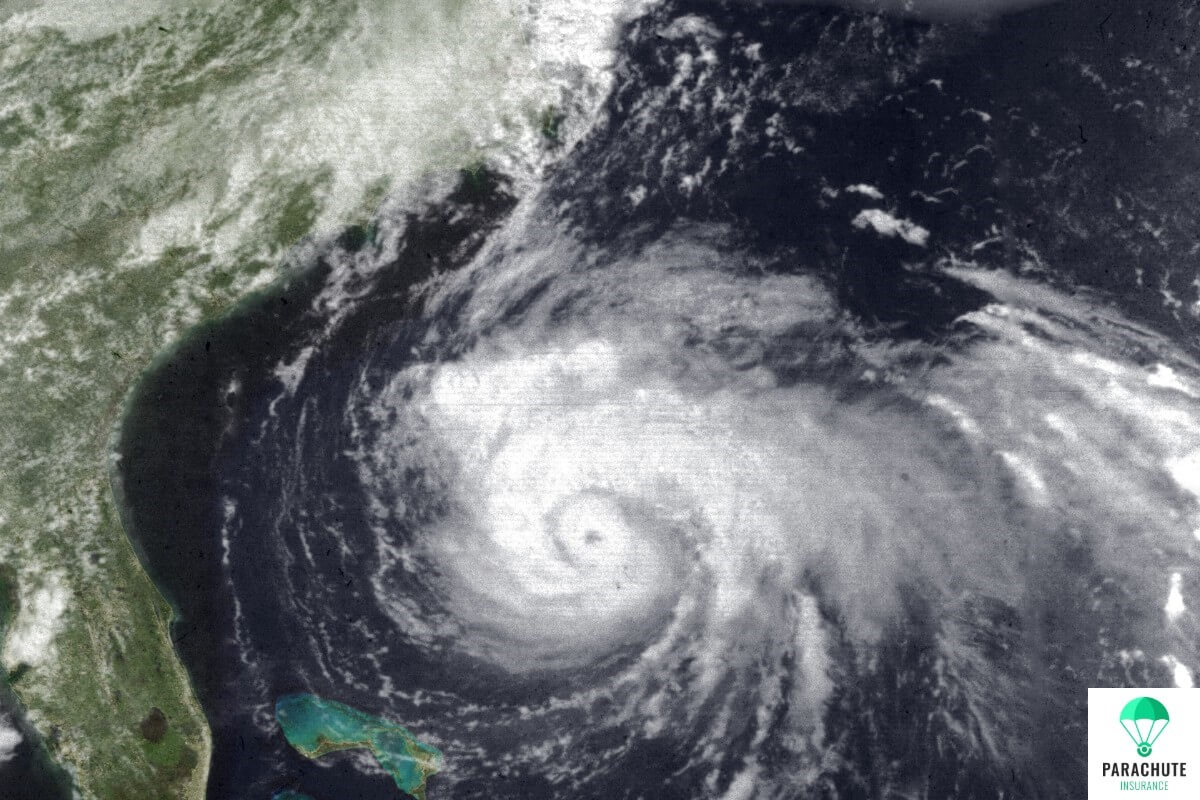It only takes one devastating storm to lose your home or change your life. Extreme weather events are impacting more people and it’s more important than ever to understand your personal risks and prepare accordingly. The 2021 Atlantic hurricane season is approaching quickly and will officially begin on June 1.
Hurricanes are increasing in frequency and intensity . The National Oceanic and Atmospheric Administration (NOAA)’s Climate Prediction Center (CPC) announced in April 2021 that an “average” Atlantic hurricane season now reflects 14 instead of 12 named storms and 7 instead of 6 hurricanes. These higher averages are based on the most recent 30-year climate record. For those living in hurricane-prone areas along the coast, hurricane season is impossible to ignore.
It’s vital for you to prepare for the upcoming hurricane season now, before the first storm approaches, a message that is shared during the annual Hurricane Preparedness Week.

Hurricane Preparedness Week
Hurricane Preparedness Week is a dedicated time to focus on the steps you can take now to increase your preparedness . Initiated by NOAA and proclaimed by President George W. Bush in 2001, Hurricane Awareness Week was started to spread awareness of the dangers and hazards of hurricanes. However, as history has shown, being aware of disaster risk is not the same as being prepared . Consequently, NOAA updated the name to Hurricane Preparedness Week in 2004 to encourage both awareness and action for preparing for hurricanes.
How to Participate
The best way to participate in Hurricane Preparedness Week is to take time out of your busy schedules and physically and mentally prepare! Start by determining your hurricane risk and developing an evacuation plan. Stock up on hurricane emergency supplies and check on your current insurance policies. Practice how to prepare your home for a hurricane and offer support to your neighbors as they prepare.
Help spread the word about Hurricane Preparedness Week (May 9-15, 2021). The National Weather Service has provided text and images to post on your social media platforms. Encouraging your friends, families, and neighbors to prepare for the upcoming hurricane season helps to create more resilient communities – something that we need more of in 2021.
How to Prepare for the Next Hurricane
Parachute Insurance was started with the goal of building resilience for climate disasters. As Hurricane Preparedness Week is approaching, we are here to remind you that preparation is an important step to increasing your resilience. We have already created our guide to preparing for the next hurricane. Here are a few key points:
-
Create an Emergency Plan
During and after a hurricane, you will be under enormous pressure, therefore having a plan set in place will reduce your stress and allow you to focus on your recovery. Your emergency plan should include maps to your nearest shelters, planned meeting spots, and evacuation routes. Also make sure that you understand the different types of alerts.
-
Assemble an Emergency Preparedness Kit
A hurricane can cut off your power and water supply. Your car may be damaged, and roads may be blocked or flooded. Therefore, you should ensure your home and cars are stocked with emergency supplies including food, water, medicine, cash, and more. Create a checklist to make sure you include everything for your kits.
-
Get Your Home Prepared
Purchase storm shutters or pieces of plywood to cover up windows and doors during a hurricane. Even before hurricane season, you should make sure you know how to turn your power off, have a working carbon monoxide detector, and know your plan of action in the event of an oncoming storm.
-
Financially Prepare
Create a plan to ensure you are financially prepared for the aftermath of a hurricane. Understand what is covered in your current homeowners’ policy and add additional insurance coverage as needed or add to a savings account to cover the potential short and long-term expenses and any deductibles.
Consider emergency cash insurance, such as Parachute Insurance, which offers you liquidity immediately after a disaster with no deductible. As your first line of defense against hurricanes, Parachute Insurance builds financial resilience to climate disasters.
Visit our blog, How to Prepare for the Next Hurricane for a full list of items to have and ways to prepare!
Hurricanes are a threat to your home, your family, and your life. While hurricanes can undoubtedly be destructive, you have the ability to keep your family and home as safe as possible with a little preparation.

